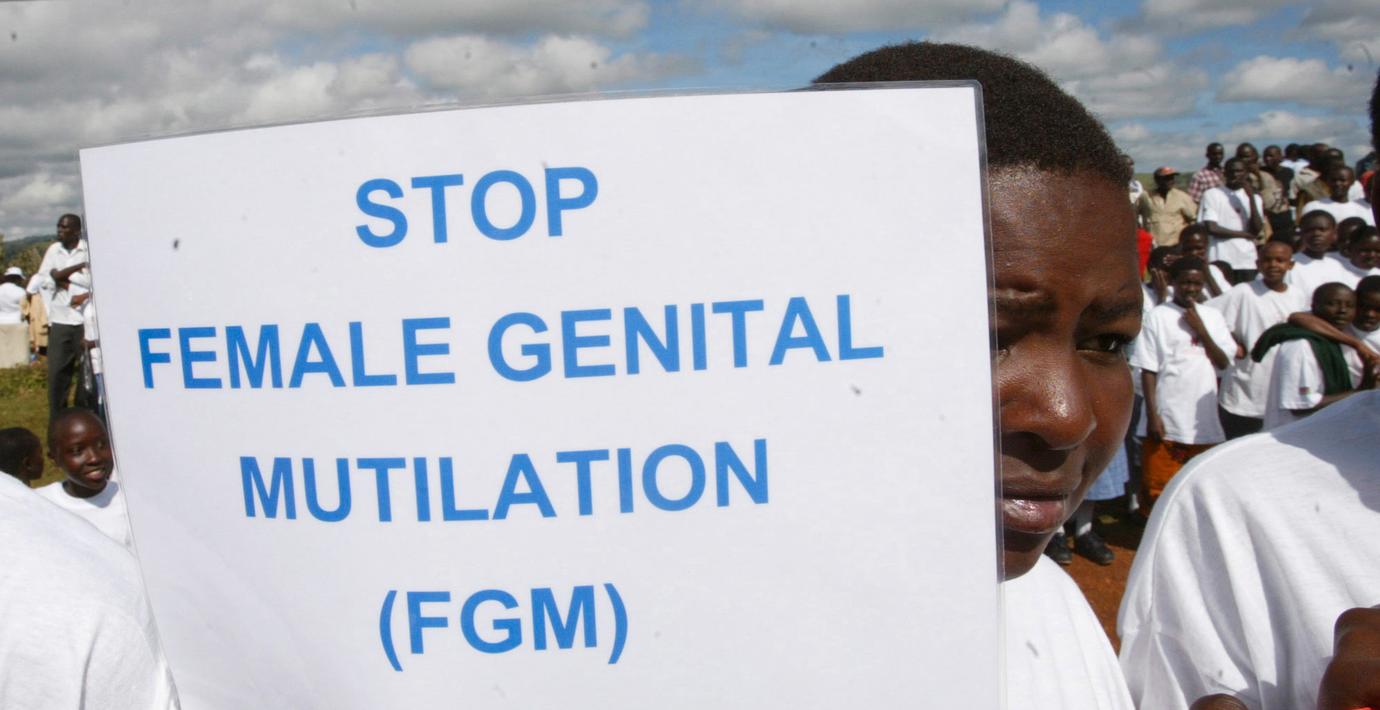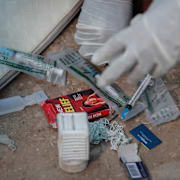
Kvinnor firar stopp för könsstympning – imamer lovar konsekvenser
Firande utbröt utanför det gambiska parlamentet efter att det i dag röstade ner en motion om att avkriminalisera kvinnlig könsstympning. Det rapporterar flera medier.
– Jag är så stolt över Gambias kvinnor som aldrig gav upp. Vi vägrade släppa taget, säger Fatouh Baldeh till Washington Post. Hon är en av de kvinnor som protesterat mot lagförslaget och som firar i dag.
Abdoulie Fatty, en av imamerna bakom motionen, säger dock att han och många av hans kollegor kommer att kampanja mot de parlamentariker som röstade nej i nästa val.
– Vi är imamer. Folket lyssnar på oss.
bakgrund
Kvinnlig könsstympning
Wikipedia (en)
Female genital mutilation (FGM) (also known as female genital cutting, female genital mutilation/cutting (FGM/C) and female circumcision) is the ritual cutting or removal of some or all of the vulva. The prevalence of FGM varies worldwide, but is majorly present in some countries of Africa, Asia and the Middle East, and within their diasporas. As of 2024, UNICEF estimates that worldwide 230 million girls and women (144 million in Africa, 80 million in Asia, 6 million in Middle East, and 1-2 million in other parts of the world) had been subjected to one or more types of FGM.
Typically carried out by a traditional circumciser using a blade, FGM is conducted from days after birth to puberty and beyond. In half of the countries for which national statistics are available, most girls are cut before the age of five. Procedures differ according to the country or ethnic group. They include removal of the clitoral hood (type 1-a) and clitoral glans (1-b); removal of the inner labia (2-a); and removal of the inner and outer labia and closure of the vulva (type 3). In this last procedure, known as infibulation, a small hole is left for the passage of urine and menstrual fluid, the vagina is opened for intercourse and opened further for childbirth.
The practice is rooted in gender inequality, religious beliefs, attempts to control female sexuality, and ideas about purity, modesty, and beauty. It is usually initiated and carried out by women, who see it as a source of honour, and who fear that failing to have their daughters and granddaughters cut will expose the girls to social exclusion. Adverse health effects depend on the type of procedure; they can include recurrent infections, difficulty urinating and passing menstrual flow, chronic pain, the development of cysts, an inability to get pregnant, complications during childbirth, and fatal bleeding. There are no known health benefits.
There have been international efforts since the 1970s to persuade practitioners to abandon FGM, and it has been outlawed or restricted in most of the countries in which it occurs, although the laws are often poorly enforced. Since 2010, the United Nations has called upon healthcare providers to stop performing all forms of the procedure, including reinfibulation after childbirth and symbolic "nicking" of the clitoral hood. The opposition to the practice is not without its critics, particularly among anthropologists, who have raised questions about cultural relativism and the universality of human rights. According to the UNICEF, international FGM rates have risen significantly in recent years, from an estimated 200 million in 2016 to 230 million in 2024, with progress towards its abandonment stalling or reversing in many affected countries.
Omni är politiskt obundna och oberoende. Vi strävar efter att ge fler perspektiv på nyheterna. Har du frågor eller synpunkter kring vår rapportering? Kontakta redaktionen


